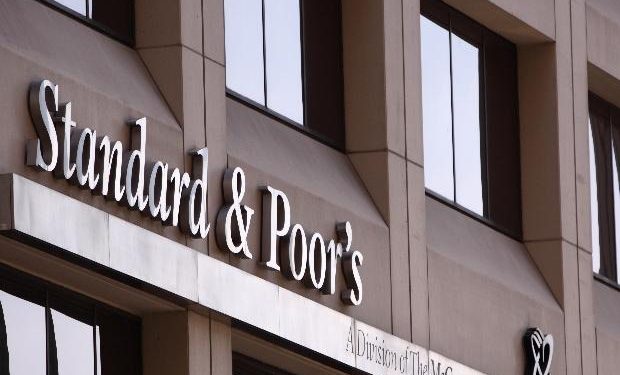New Delhi: Ratings agency S&P Global has affirmed ‘BBB-‘ long-term and ‘A-3’ short-term unsolicited foreign and local currency sovereign credit ratings on India with a stable outlook.
According to the agency, the ratings on India reflect the country’s above-average real GDP growth, sound external profile, and evolving monetary settings.
“India’s strong democratic institutions promote policy stability and compromise, and also underpin the ratings,” the agency said.
“These strengths are balanced against vulnerabilities stemming from the country’s low per capita income and consistently elevated fiscal deficits that contribute to high general government debt, net of liquid assets.”
Besides, the ratings agency said it expects India to continue to achieve strong real GDP growth that is well above the average for peers at a similar income level.
“This is despite a recent deceleration in economic growth,” S&P Global said in a statement.
“In our view, the Indian economy has slowed measurably. Real GDP growth fell to a more than six-year low of 4.5 per cent year-on-year in the second quarter of this fiscal year (ending March 31, 2020). This is the fifth consecutive quarter of decline in year-on-year growth rate.”
Furthermore, the ratings agency said that tighter lending conditions continue across the financial system, particularly in the public sector which is reflected in a gradual decline in credit growth.
“Weaker sentiment in the NBFI space may limit private consumption growth over the coming quarters,” the statement said.
“The government’s August 2019 announcement that it will consolidate major public sector banks may also constrain credit growth over the next 12-24 months. That’s because resources at the affected banks will likely be diverted toward merger fulfilment.”
Nevertheless, the ratings agency said that India is experiencing a cyclical, rather than a structural, economic slowdown.
“The economy’s long-term outperformance highlights its resilience. India’s wide range of structural trends, including healthy demographics and competitive unit labour costs, work in its favour,” the statement said.
“A more favourable corporate tax regime, which is particularly supportive of manufacturing firms, should reinforce growth, alongside additional fiscal and monetary easing.”
“On the regulatory front, recent steps by the government forced all financial institutions to fully account for their non-performing assets, and take painful steps to repair their balance sheets.”
Similarly, new laws to better regulate the real estate sector and boost the rights of financial creditors disrupted earlier business practices, contributing to a slowdown in many sectors.
“The implementation of India’s complicated national goods and services tax (GST) has also created some disruption as state and central governments gradually modified details of the tax. Over time, progress in these areas should help boost GDP growth,” the statement said.
However, the agency noted that India’s economic growth faced headwinds over the near term, including subdued private sector investment and sentiment, labour market difficulties, and soft demand conditions.
“However, we believe the country’s long-term outperformance will remain intact.”
In addition, the agency said that India’s fiscal deficits will be higher in this fiscal and the next, largely due to the economic slowdown and substantial cuts in corporate taxs.
“The government’s ability to execute its proposed sale of Life Insurance Corporation shares will play a key role in determining its short-term fiscal performance,” the statement said.
(IANS)







































